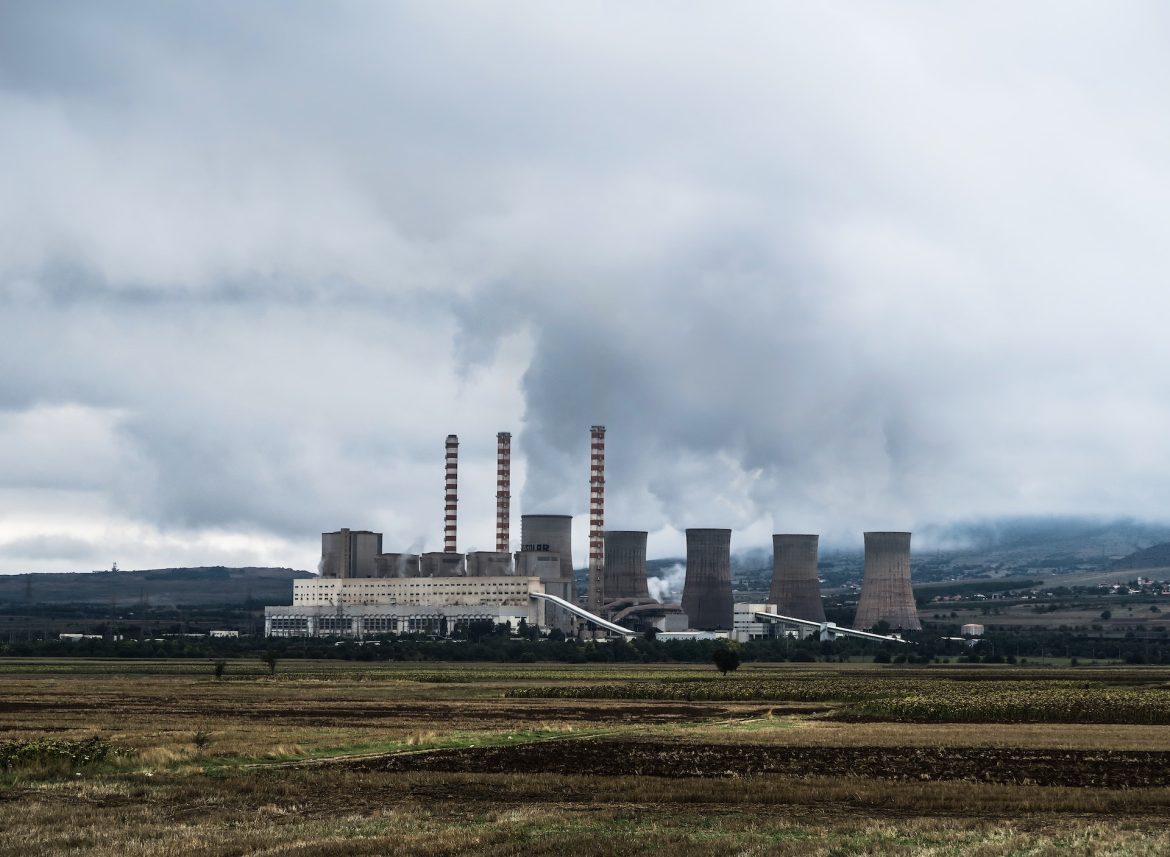China is boosting its geothermal energy development as part of its ambitious plan to reduce its reliance on fossil fuels and fight climate change.
Geothermal energy is a clean and renewable source of power that uses the heat from the earth’s crust to generate electricity or provide heating and cooling.
Vice Premier Zhang Guoqing announced on Friday that China will expand the use of geothermal energy in northern regions, where coal-fired heating is a major source of air pollution and greenhouse gas emissions.
Zhang also said that China will increase the scale of wind and solar power projects while safely advancing nuclear power plant construction.
Sinopec, a state-owned oil and gas company, is one of the leading players in China’s geothermal energy sector. Its chairman, Ma Yongsheng, said at the same conference that Sinopec aims to increase its geothermal heating area to 160 million square meters by 2025, up from the current 85 million square meters.
According to Sinopec, geothermal energy can save 18.6 million tonnes of coal and reduce 49.2 million tonnes of carbon dioxide emissions annually.
However, geothermal energy development faces technical and financial challenges, such as high upfront costs, low efficiency, and environmental risks.
China’s National Energy Administration has proposed increasing the geothermal heating-cooling area by 50% in the five years from 2020 and doubling the geothermal power generation capacity.
China is the world’s largest energy consumer and emitter of carbon dioxide. It has pledged to peak its emissions by 2030 and achieve carbon neutrality by 2060.
The country is also hosting the United Nations biodiversity conference in October, which is expected to showcase its efforts to protect the environment and promote green development.
Geothermal energy is a concept that has been introduced previously in China. The country has a long history of using hot springs for bathing and healing. In recent years, China has also explored the potential of geothermal energy for cooling buildings in summer, such as the Beijing Olympic Village and the Shanghai World Expo Center.
China is not alone in pursuing geothermal energy development. Other countries with significant geothermal resources and potential include Indonesia, Turkey, Kenya and Iceland. Indonesia aims to become the world’s largest geothermal power producer by 2025. Turkey has installed over 1.5 gigawatts of geothermal capacity since 2014. Kenya generates about half of its electricity from geothermal sources. Iceland uses geothermal energy for over 90% of its heating needs.



